On the menu we see a dish whose name doesn’t exactly sound very spectacular: Bloemkool. But when the food is placed on the wooden table, this cauliflower has been transformed into a masterpiece of flavor and color. The vegetables are cooked in the oven for hours at low temperature with a little steam, rubbed repeatedly with vadouvan, a French-Indian spice blend that contains fermented onions and garlic cloves, among other things. Mildly spicy, the cauliflower sits on a bed of dehydrated yogurt infused with a dash of lemon juice, which in turn balances the mango ketchup’s subtle spiciness, provided by fermented jalapeños. This is topped off with some coriander leaves and a few roasted pumpkin seeds.
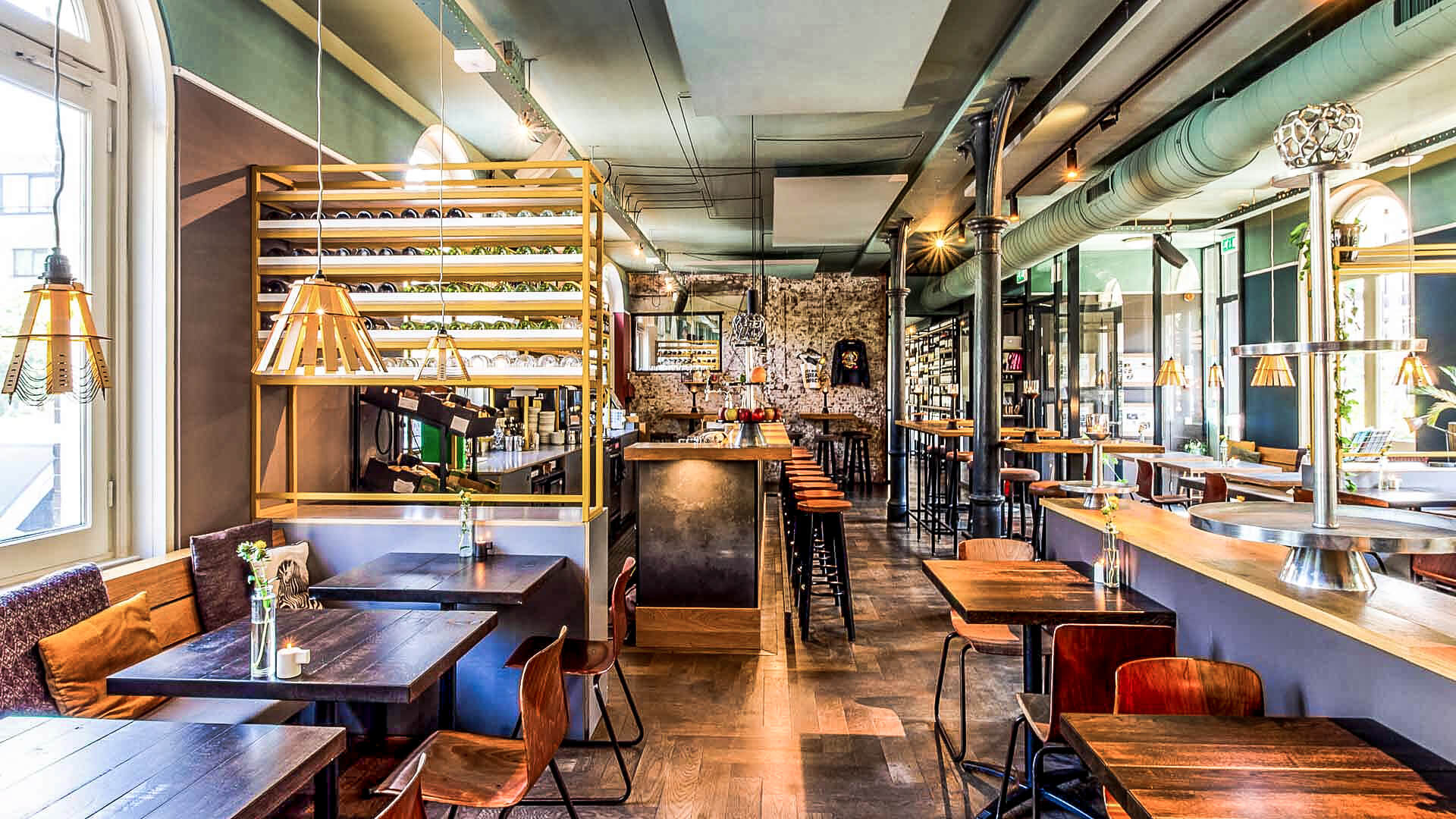
Image: Instock
The unique feature of this dish, which is the main dish in today’s three course vegetarian menu at Instock’s restaurant, is where it’s ingredients came from. If this Amesterdam start-up hadn’t saved them, they would have been thrown away.
For seven years, the company has been working to spread the zero-waste concept in the food industry. Instock currently includes a restaurant and a wholesale business that supplies its own operation and dozens of other gastronomic establishments in Amsterdam and throughout the Netherlands.
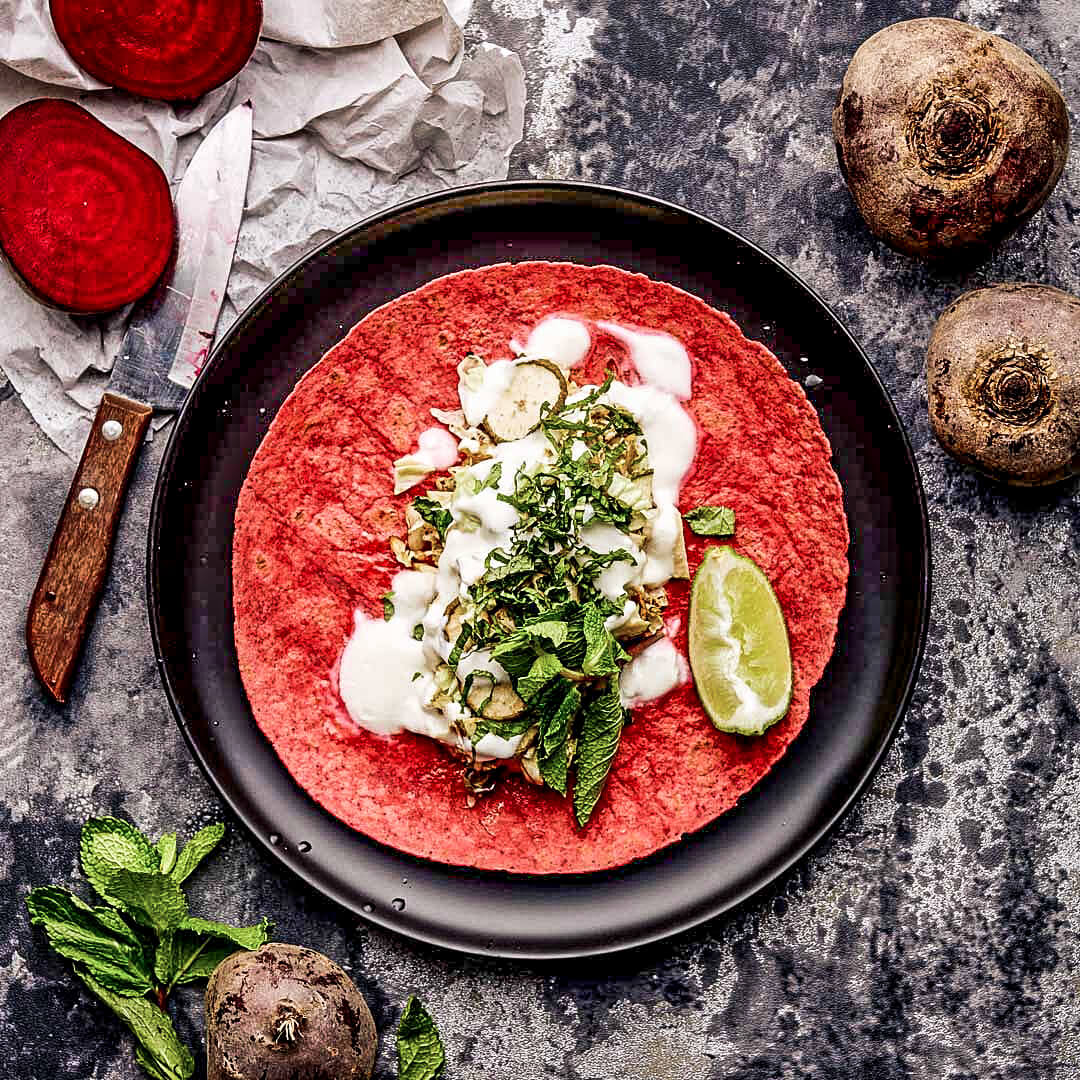
Image: Instock
Sustainability through preventing waste
The impetus for this came from, of all places, a giant corporation: the Ahold Delhaize Group, which owns more than 7000 supermarkets in Benelux and the USA . Instock co-founder Selma Seddik completed a trainee program there following her studies in politics and management, which included two stints in different positions. “I first worked on the sustainability team, which had always interested me, and then I worked at a supermarket for a year,” says the 33-year-old. She is seated on a high bar stool at a small table in the middle of the restaurant, which is located in the east on the outskirts of downtown Amsterdam.
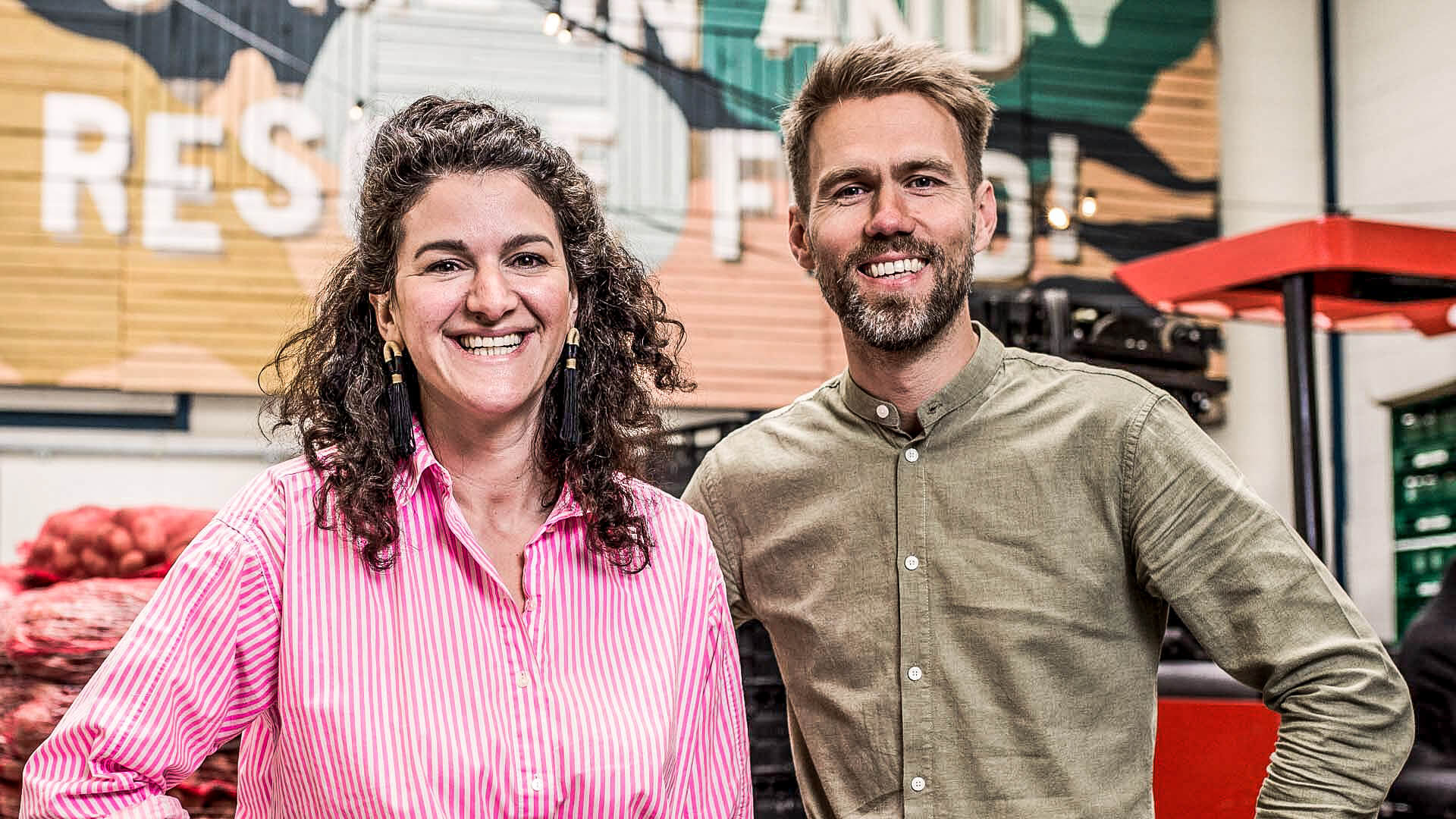
Instock founders Selma Seddik and Bart Roetert | Image: Instock
While telling the company’s story, she gets up every now and then, greeting the father of the social media employee who wants to eat here today, exchanging ideas with the sous chef and picking up a cookbook that Instock put out themselves. Although you can tell the restaurant is close to her heart, she is particularly keen to talk about waste reduction, an issue she is driving forward in her company. In her corporate job, she learned about the food industry, and also about two numbers that still rattle her.
No waste and perfect taste
Selma Seddik Selma Seddik and a few colleagues at Ahold Delhaize started thinking about how they might save this precious resource and develop products from it. They first analyzed where they wanted to strike. “Just under half of the food that is not consumed perishes in households, and we can’t get to that. Supermarkets, on the other hand, throw away only two percent of their products,” says Selma Seddik. The distributors have such an efficient system that it is almost impossible to get anything there in larger quantities.
The founders therefore find the point of attack for zero waste in the suppliers.
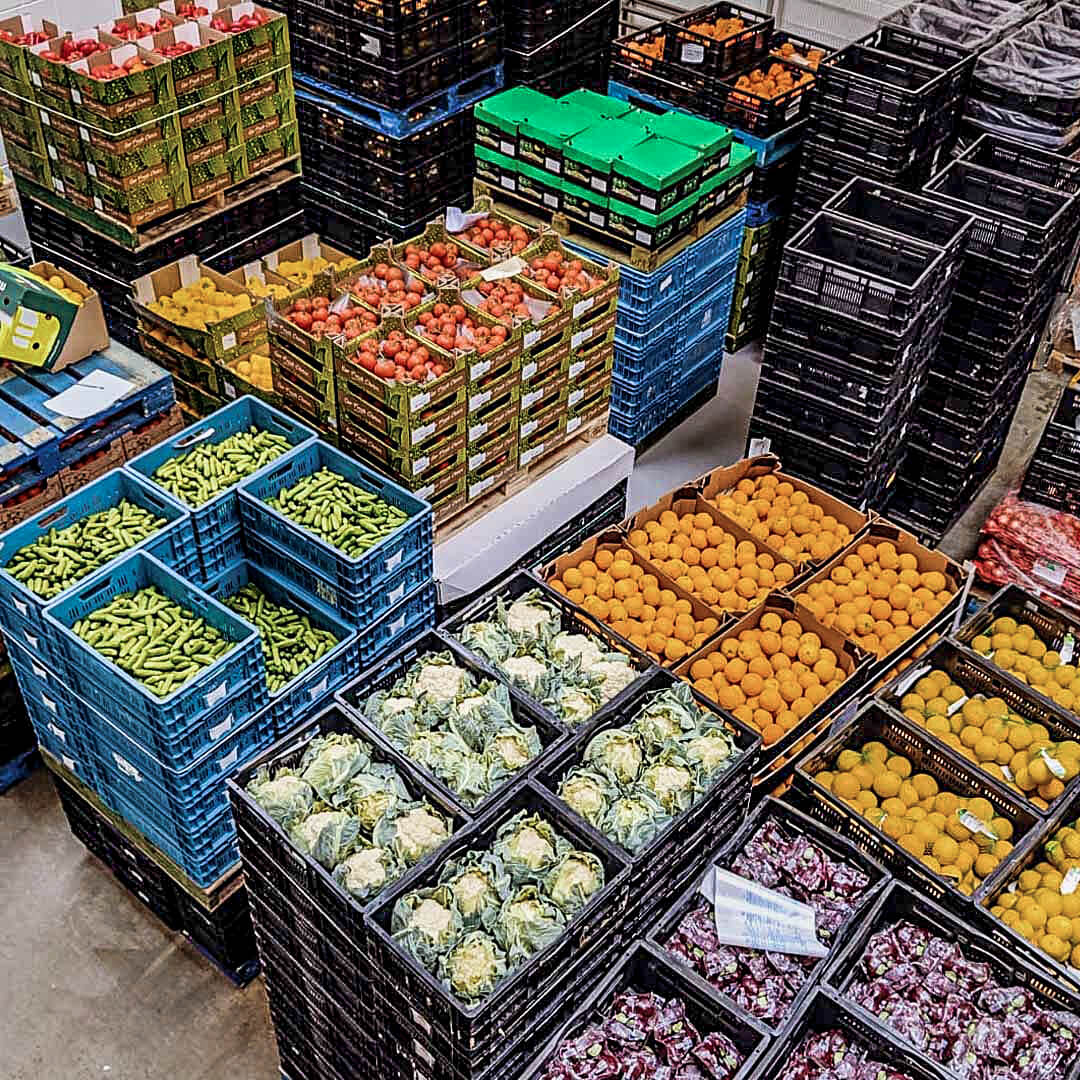
Image: Instock
Under their employers’ umbrella, they conceived of an idea for a restaurant that uses only food that farmers, wholesalers and middlemen would otherwise throw away. “For farmers, as an example, it’s also worth it because sometimes they might have to throw out good vegetables in return for money.” This can happen when tomatoes or eggplants become ripe in the greenhouse, but have no buyers. Carrots that are not quite shaped right because they have two limbs or other growths, or very crooked cucumbers also don’t make it to supermarkets. Customers want perfect looking vegetables, even if they taste the same either way.
With their idea, Selma Seddik and two colleagues won an innovation competition organized by their employer. They first created a pop-up restaurant under the company’s umbrella, took a food truck to festivals and then opened a proper restaurant. Finally, in 2019, the founders branched out on their own with their concept. To address the waste issue holistically, Instock is subsequently setting up a wholesale business located in an industrial park in Amsterdam’s west end.
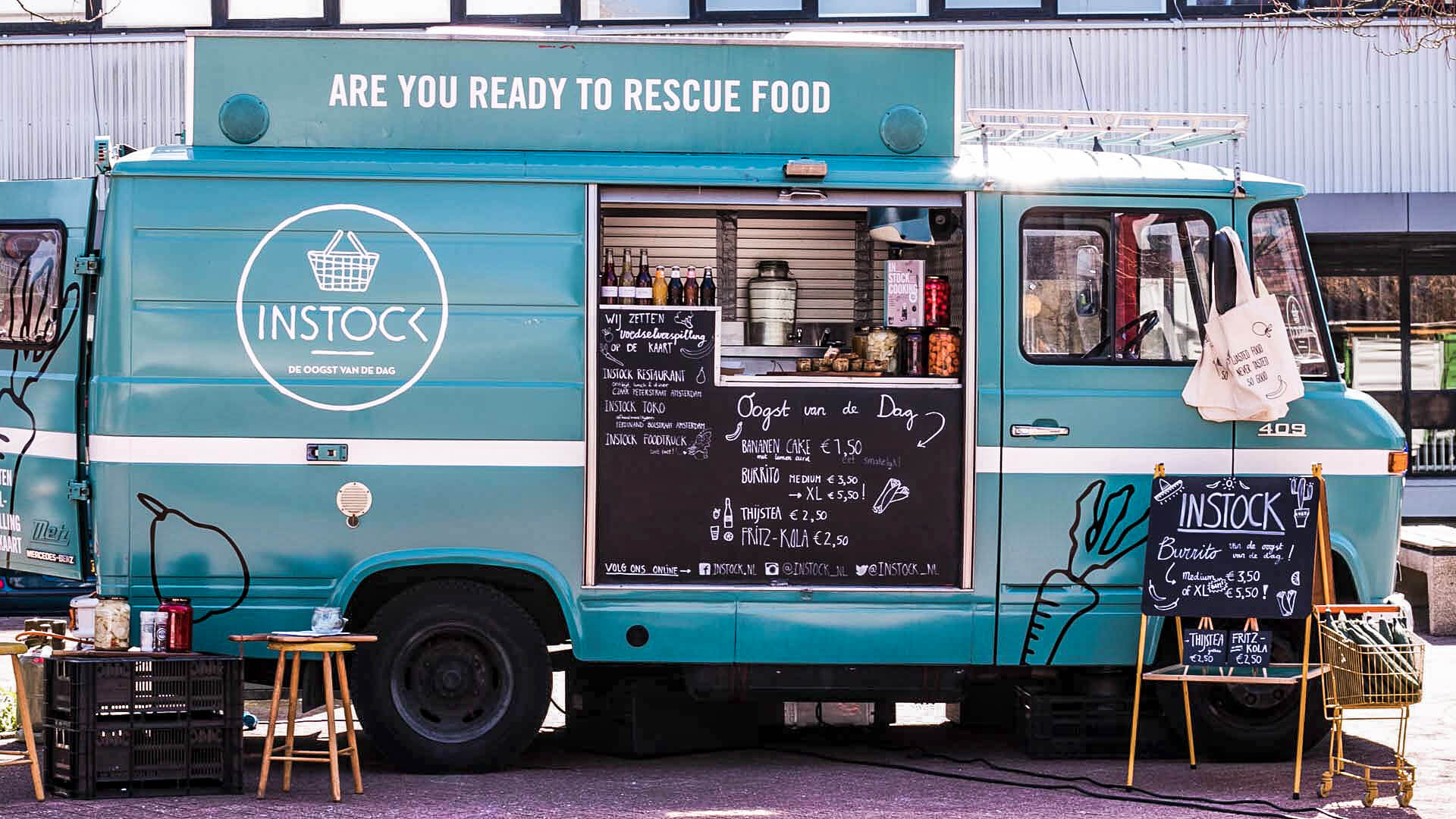
Image: Instock
Cheaper shopping thanks to zero waste
In a hall divided with wooden walls – with ample space for growth – they store pallets of pumpkins, carrots or eggplants; some have a flaw, some are bent, while others are too small. Instock employees freeze unsold meat shortly before the expiration date, which means they can sell it for another three months. Every week, 75 to 200 chefs order products from the website. These products are sometimes only there for a day before being delivered by electric bike or e-car. Some of the restaurants order regularly, others from time to time, allowing them to make zero waste offers in their restaurants – and to cut costs.
This is because the salvaged food usually costs 30 percent less than the prices they are used to.
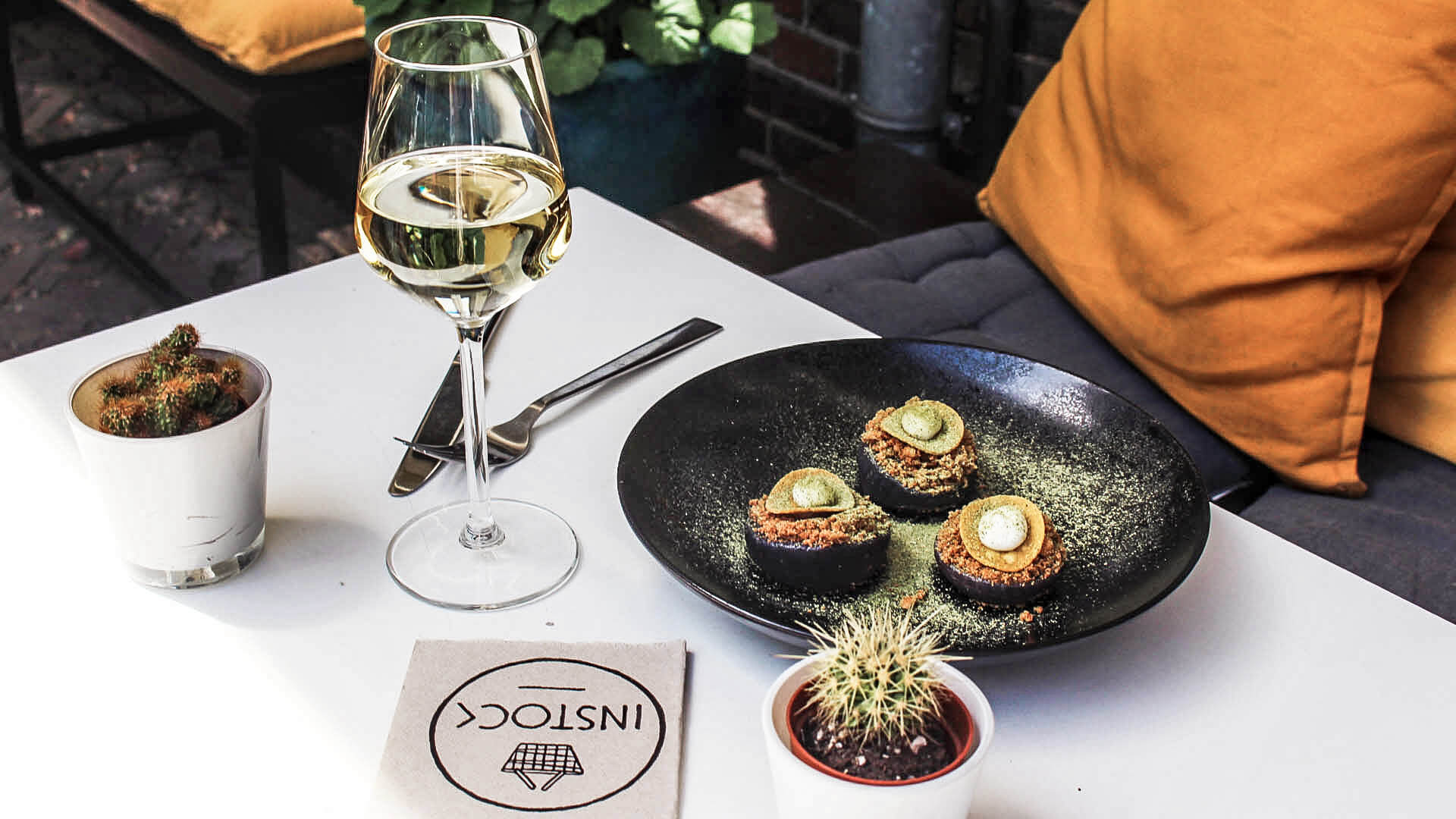
Image: Instock
However, a clear conscience and low purchase prices come with the occasional compromise when it comes to variety. After all, with salvaged food, you often don’t know beforehand what’s going to be in stock. Sem De Jonge doesn’t care about that at all. He has been head chef at Amsterdam’s Instock restaurant for six weeks and has made a virtue out of what is admittedly a small hardship – after all, the selection is quite broad. He is a master of reworking and creating something new from what is on hand. For example, he turns leeks into a vegan gravy by stewing them for three days. “Some chefs I served this to at a tasting asked if it was made from beef, that’s how strong it tasted,” Sem De Jonge says. Telling a story, that’s what he especially enjoys doing.
Ideas and optimism – despite Corona
Sem De Jonge cooks for everyone, he says, because eating well is an experience that as many people as possible should have. “And we have to deliver, because they’re spending money to experience something special.”
Speaking of revenue, this Amsterdam restaurant is turning a profit, says founder Selma Seddik. Among other things, the company also earns money with beer that is created for them by a brewery using leftover bread and potatoes. Wholesale, which is run as a separate business unit, is also doing well, although Instock faced setbacks because of Corona. However, Selma Seddik is optimistic, “because zero-waste concepts are the future.”
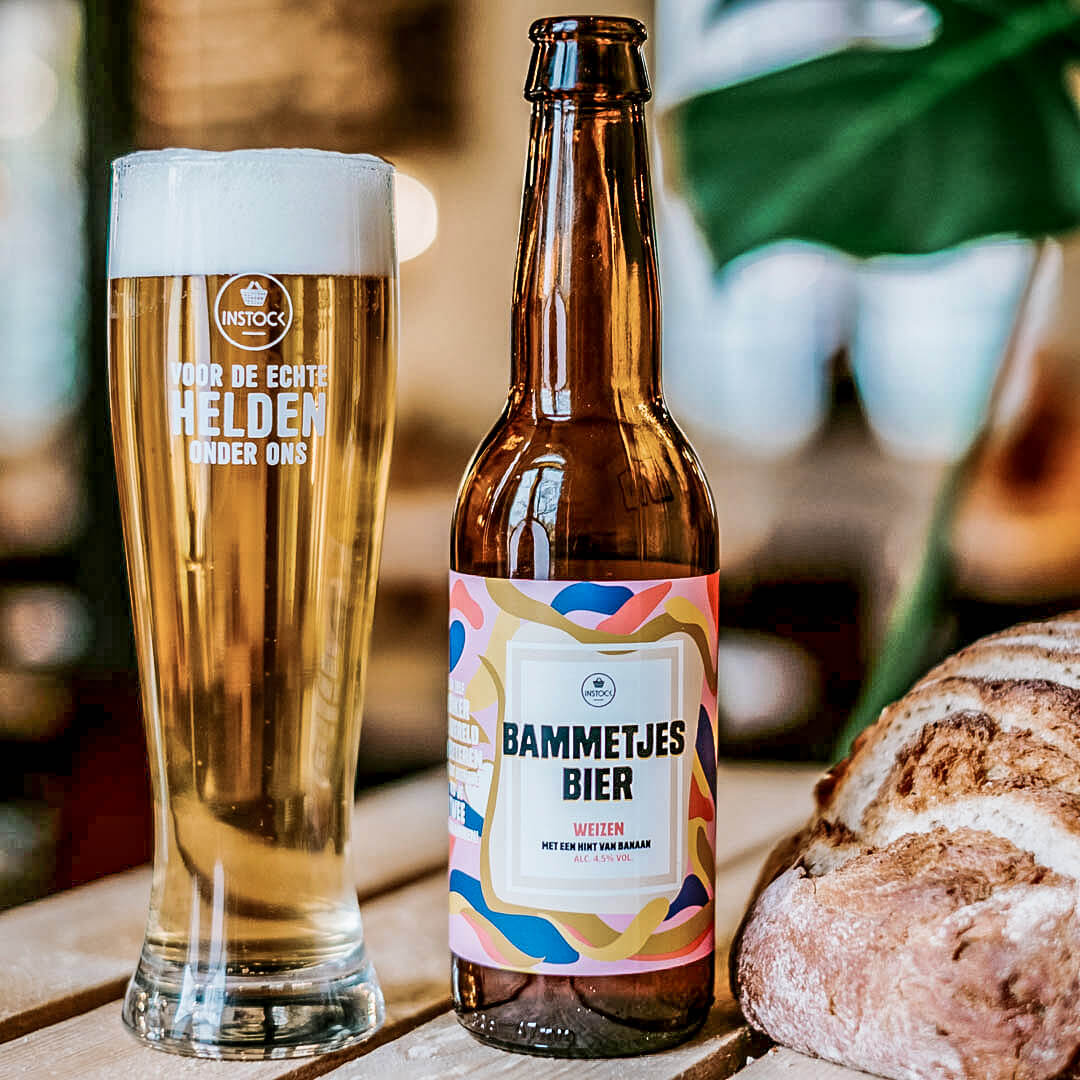
Image: Instock
Their restaurant plays an important role in this, because guests can combine two important things here at the same time, the useful and the enjoyable. They are involved in reducing nonsensical food waste – and can savor great food in the process.
Sem De Jonge agrees and emphasizes that ultimately it’s the details that are important. “I like to talk to our guests, tell them how we cook certain dishes, how we make confits, use fermentation, canning and freezing, in some cases, just to make the raw materials last longer.”
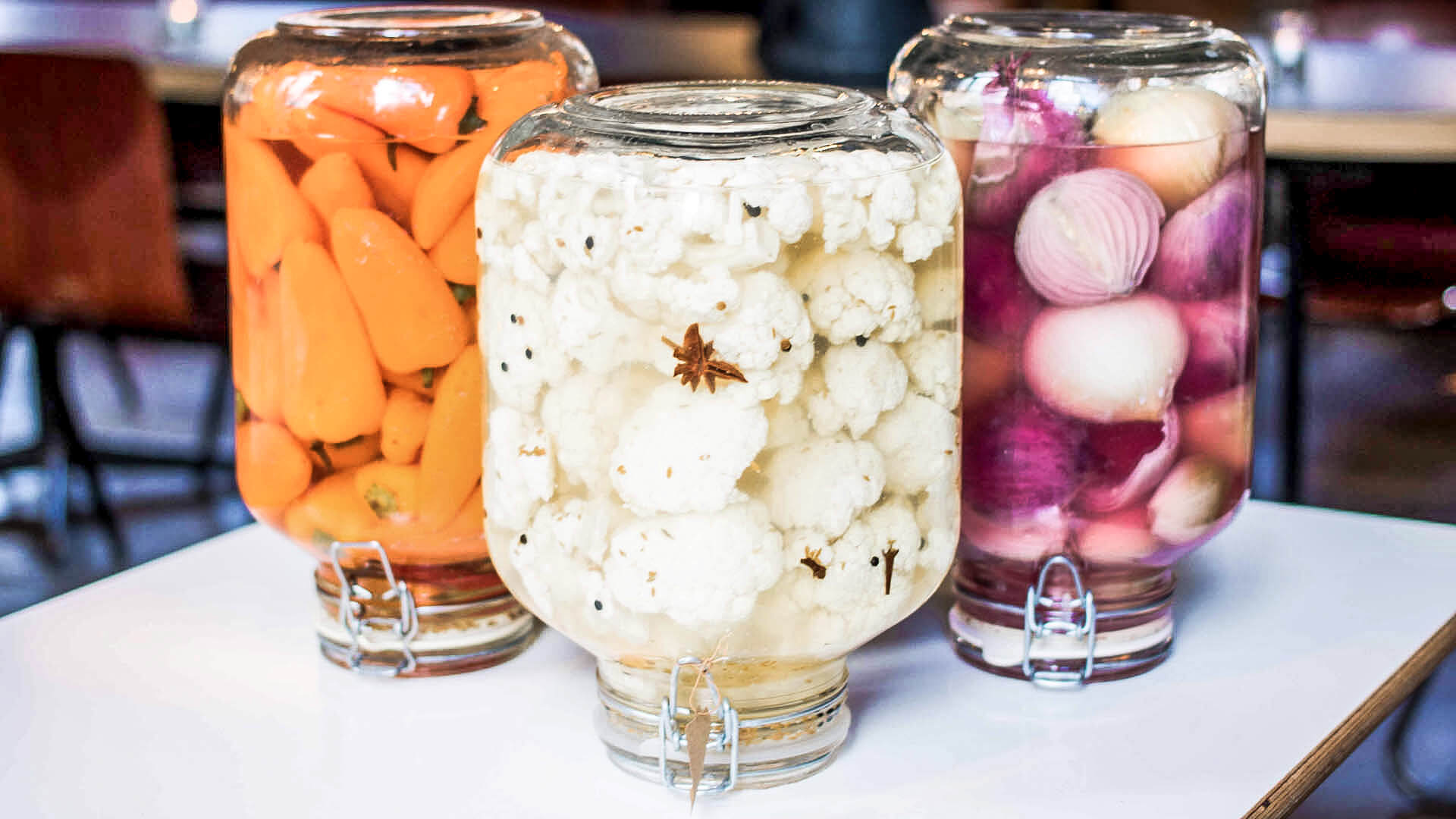
Image: Instock
Above all, he uses these techniques to tease out complex flavors from simple vegetables, and find the perfect balance in them. “We always have to be very clever when doing this to create something special.” He pauses for a moment. “Although that may sound a little bit overly sentimental, creativity and devotion in the kitchen is what is ultimately comes down to.”


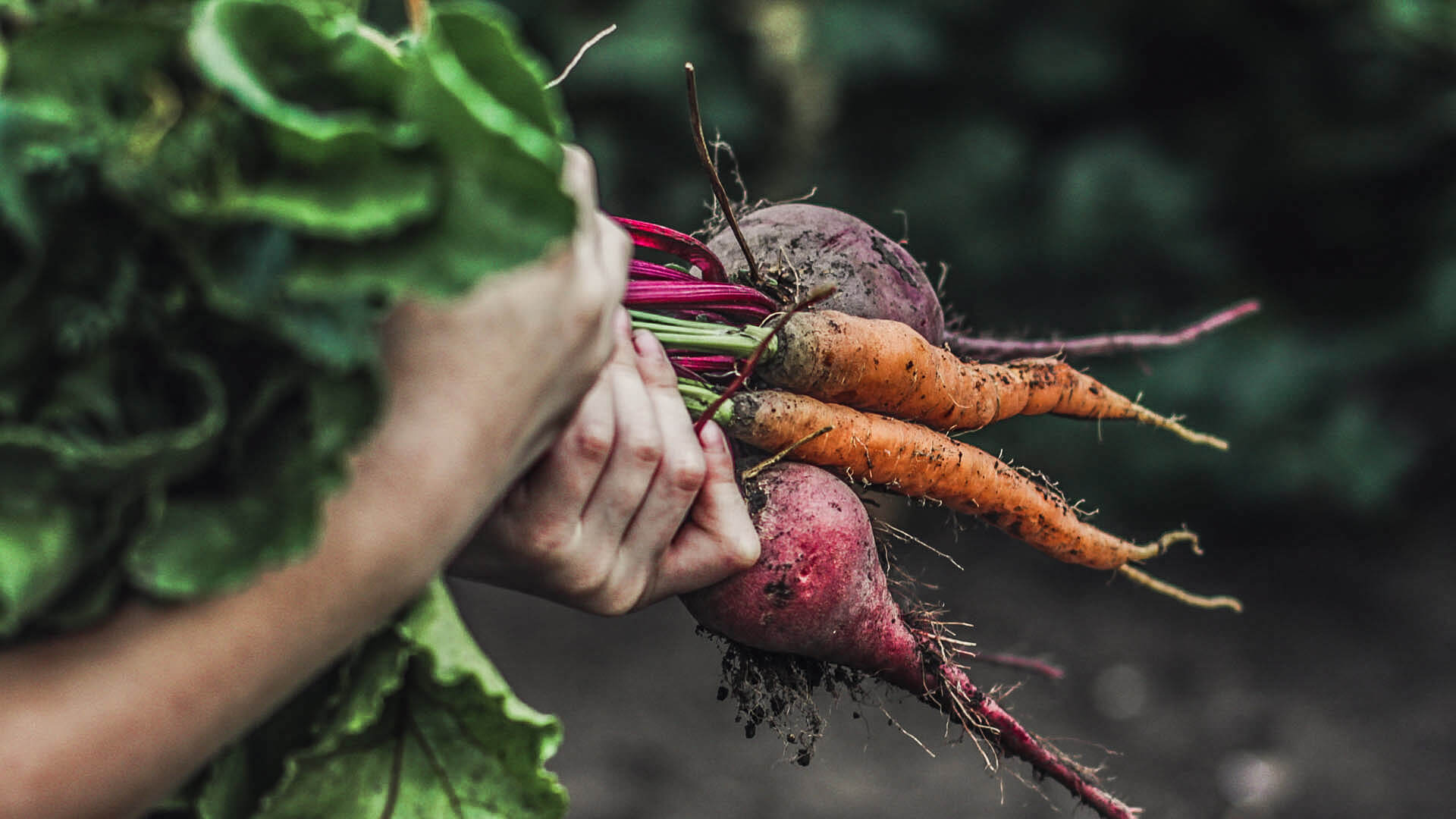






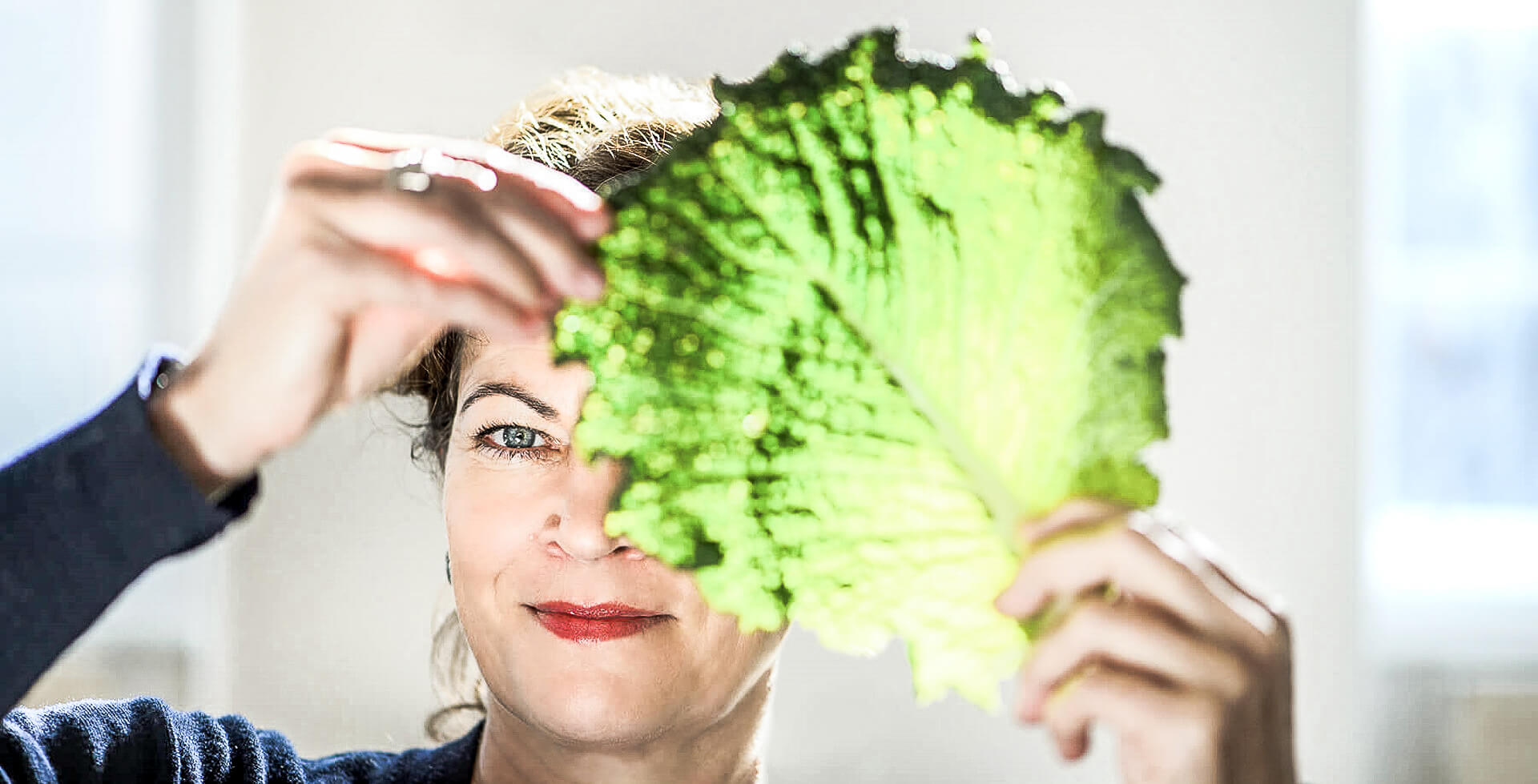
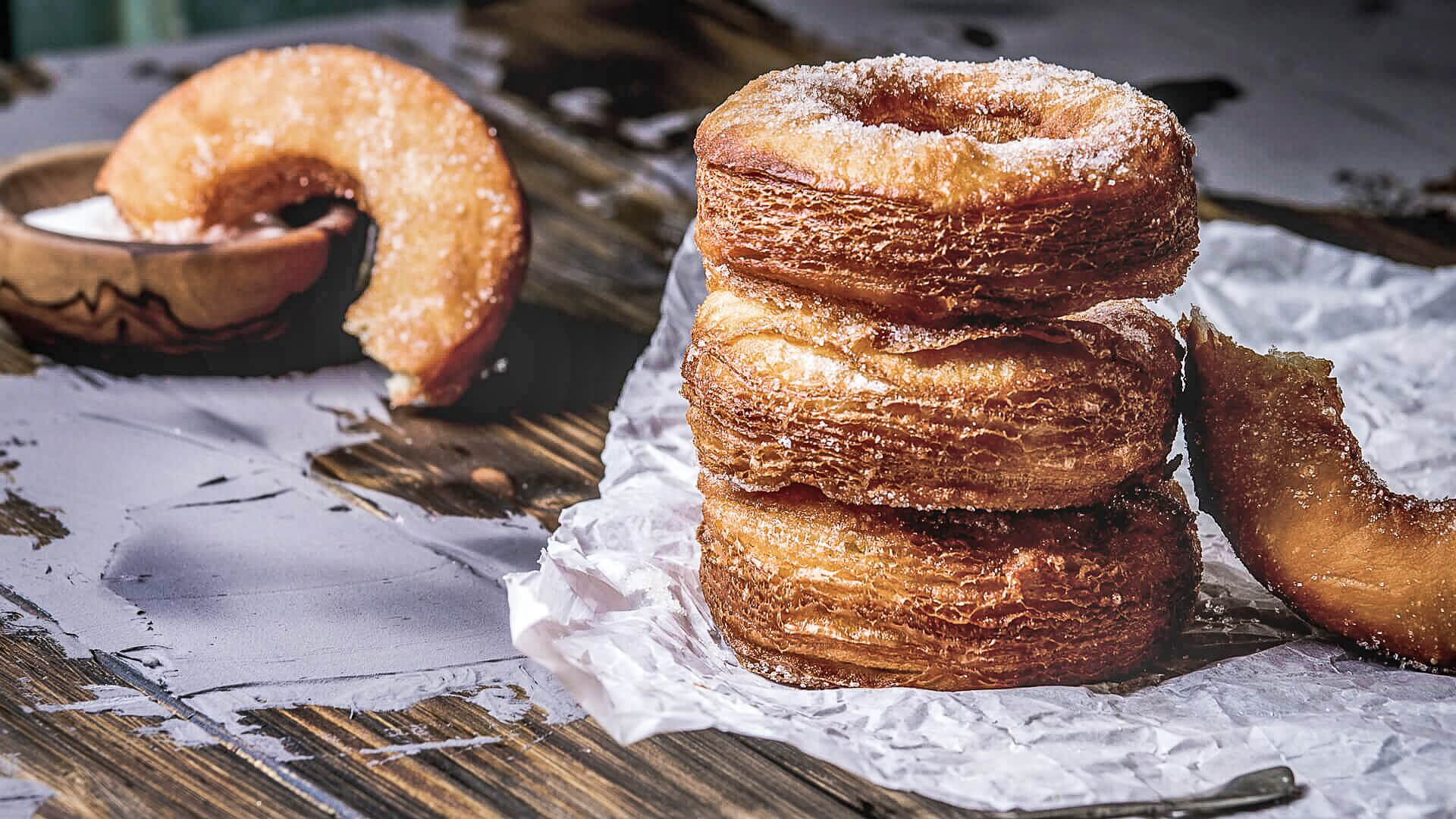
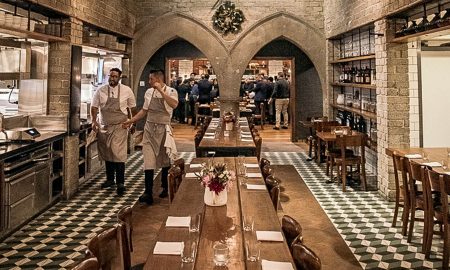
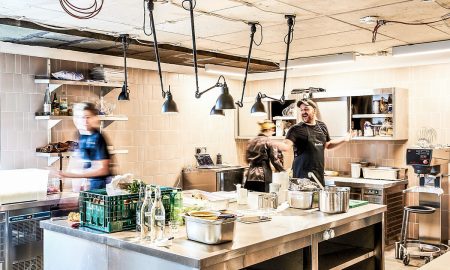
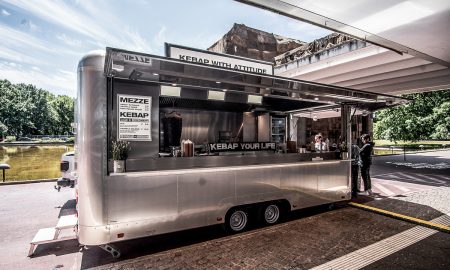

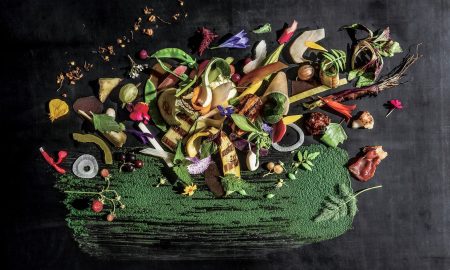
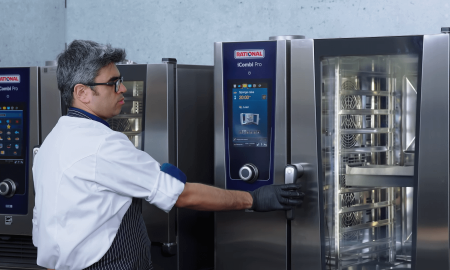
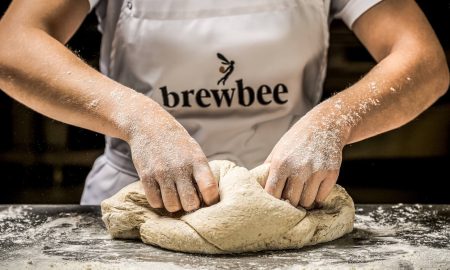
Pingback: Ivan & Sergey Berezutskiy - double game of star chef twins | KTCHNrebel